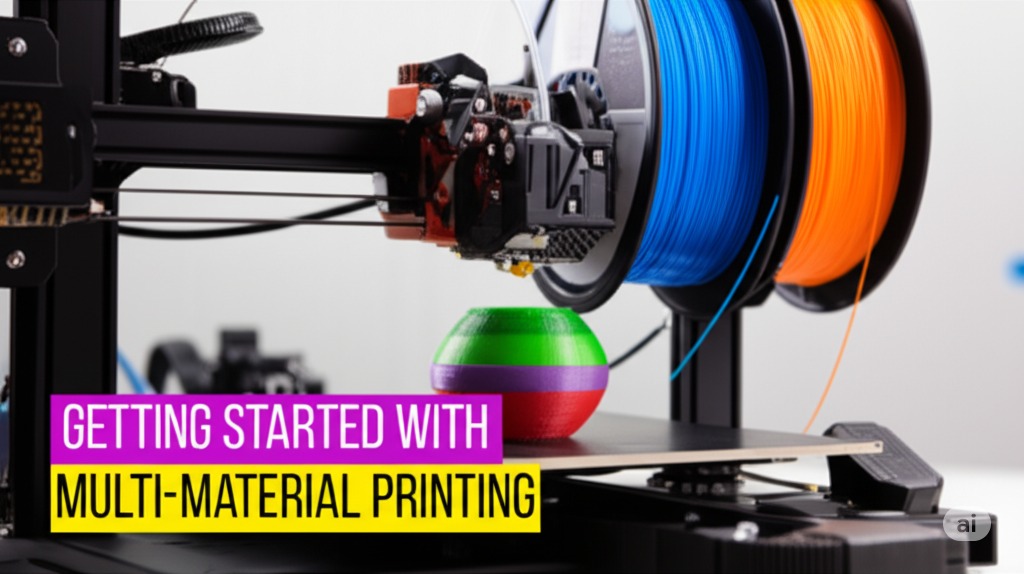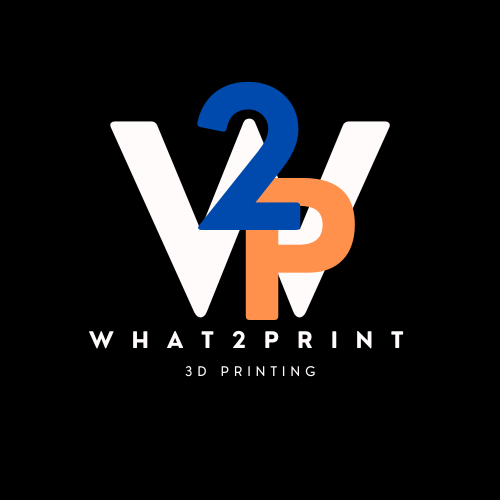
Getting Started with Multi-Material Printing
Multi-material printing opens up a world of possibilities for 3D printing enthusiasts. By combining different materials in a single print, you can create objects with varying properties, colors, and textures. Here's how to get started with this exciting technology.
Understanding Multi-Material Printing Multi-material printing allows you to use different materials in a single print job. This can be achieved through various methods: - Dual extruder setups - Material switching systems - Multi-material hotends
Essential Equipment To get started with multi-material printing, you'll need: 1. A printer with multiple extruders or a material switching system 2. Compatible materials 3. Proper slicing software 4. Calibration tools
Best Practices - Start with simple combinations - Ensure proper material compatibility - Maintain consistent temperatures - Use appropriate support structures
Common Challenges and Solutions - Material adhesion issues - Temperature management - Print speed optimization - Support material removal
As you become more comfortable with multi-material printing, you can experiment with more complex combinations and create truly unique prints.
